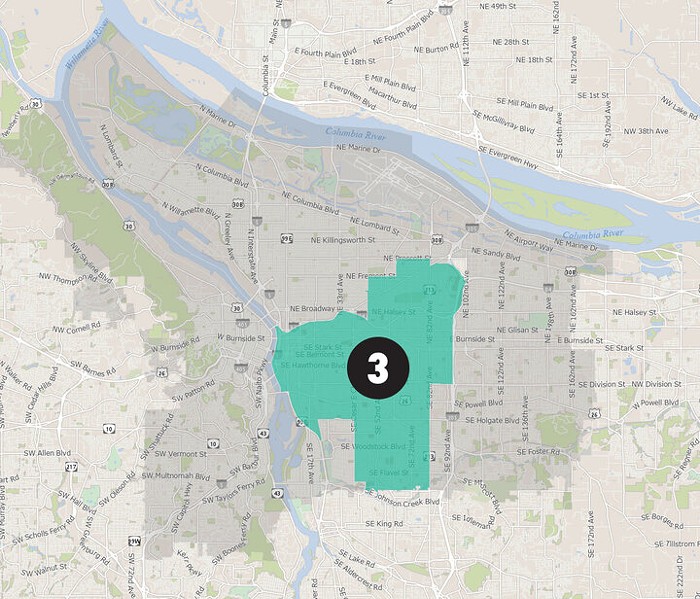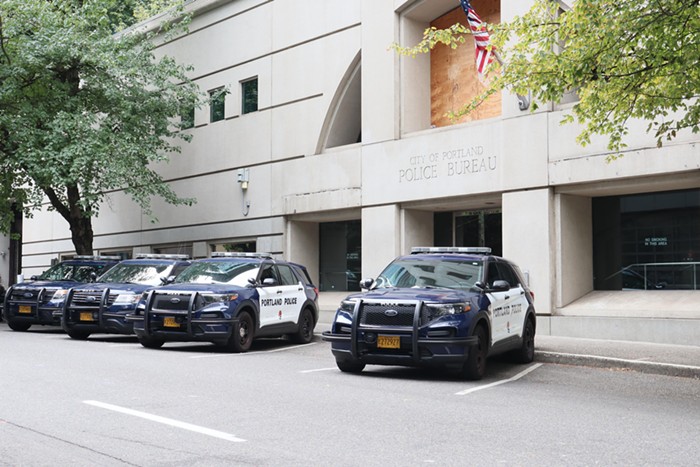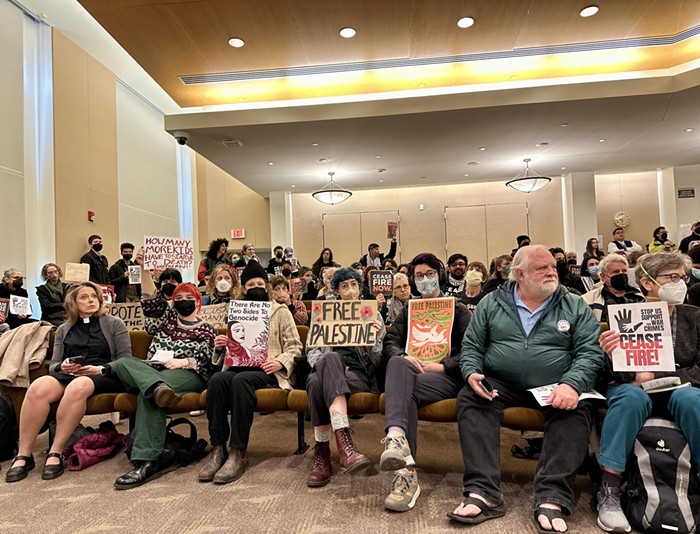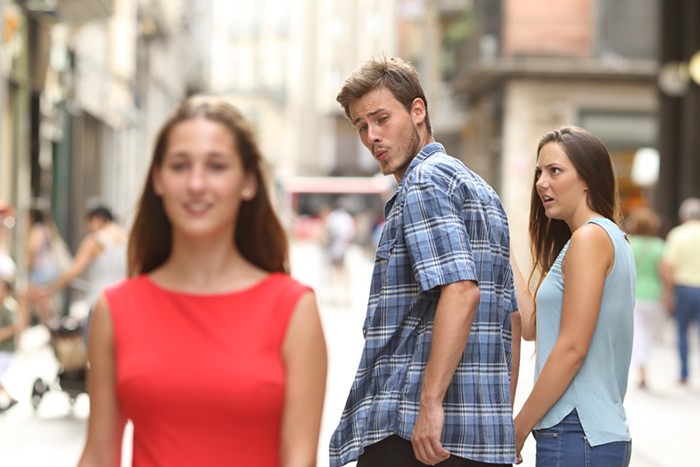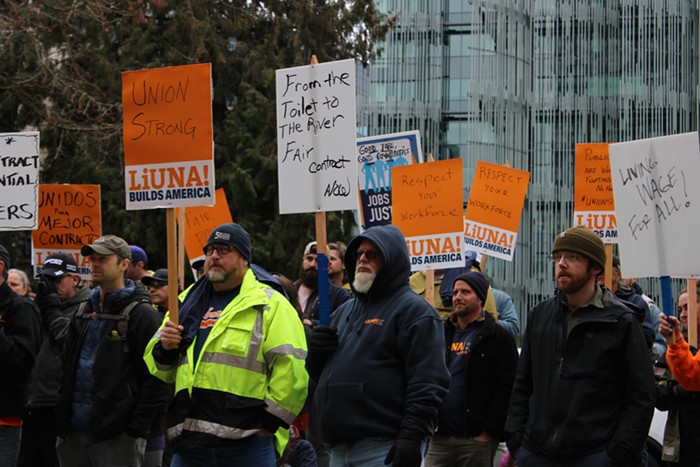When the police arrived, Lowery freaked out even more, eventually leaping through a second-story plate glass window. On the ground, Lowery grabbed a shard of glass and cut his neck. It was then that the officers pounced, dousing Lowery with pepper-spray, emptying six full canisters. One witness even claimed that the officers sprayed Lowery directly into his open neck wound. He was shot with lead beanbag bullets, beat with batons, and hog-tied. Lowery died before reaching a hospital.
A year ago, a federal judge reprehended the officers for their wildly excessive force, which, she wrote in her legal opinion, was applied "despite the fact that Lowery had committed no serious crime, offered no resistance, and posed no tangible threat to anyone, save perhaps himself." The judge went on to order the city to pay Lowery's family members. Last Wednesday, city council approved 4-1 a $600,000 settlement to the family. That payout comes on the heels of an agreement two weeks ago to pay $545,000 in attorney fees to the Northwest Constitutional Rights Center. In that case, the city had paid out $300,000 to 12 anti-war protesters who were abused--victims of rampant pepper-spraying and baton swinging--at peaceful demonstrations in 2002 and 2003. Along with attorney fees, this case alone brings the grand total to nearly $1 million that police have cost the city.
With surprising routine, city council has been approving settlements for police abuses. There was even a case a year ago in which city council approved $145,000 to an elderly woman who was tasered by police so viciously that her glass eye popped out.
Those settlements set a backdrop for the most recent police shooting two weeks ago, when three police officers shot a middle-aged black man on West Burnside. The man's death raises the vital question: What will it take for the police to truly modify their behavior?
In the most recent case, police officers responded to a 9-1-1 call that a man was pacing wildly and kicking garbage cans. The officers fired six bullets into the victim, Vernon Allen, when he lunged at them with a knife. But the incident--and the spate of recent settlements--calls into question promises that the police bureau is training its officers better and working towards police that prefer to use less-than-lethal force.
"There has been no real change," said Alan Graf, the founding attorney for the Constitutional Rights Center. "Time and time again, the police just don't do a good job in reviewing themselves; they just don't make fundamental changes."
Over the past few years, there have been extensive reviews and mandates for changes, from a formal review by the LA-based Police Accountability Review Commission to more informal citizen reviews like the efforts led by the Albina Ministerial Alliance in the wake of the Kendra James shooting two years ago.
The recent shooting also calls into question the role of the mayor in reigning in the police force. During his campaign, mayor Tom Potter routinely intoned that he would instigate better training for officers and bring about more accountability for the police bureau.
Yet, so far, Potter has failed to make any pronounced public statements on the recent Allen shooting. According to Potter's spokesperson, in conversations with police chief Derrick Foxworth, the mayor did express his belief that tasers could have subdued the victim without opening fire. (Starting on June 1, all officers will be trained in taser use and will carry the weapons. Interestingly, officers will reportedly receive 10 hours in taser training, but only one to two hours in "conflict resolution.")
But the promises that tasers will bring about substantial change rings hollow: In the most recent shooting, none of the officers were carrying tasers. But in other shootings over the past few years, police did have that option and chose to shoot first. A year ago, for example, two officers pulled over a black man after he failed to signal a left turn. When the man, James Jahar Perez, allegedly reached into the car's console, officers opened fire. (Perez was unarmed.) At least one officer had a taser available instead of a gun--in fact, that officer tasered the bullet riddled body for three minutes after Perez had been shot.
A Grand Jury is currently investigating the Allen shooting--but under current state law, those records will be sealed from public review.


